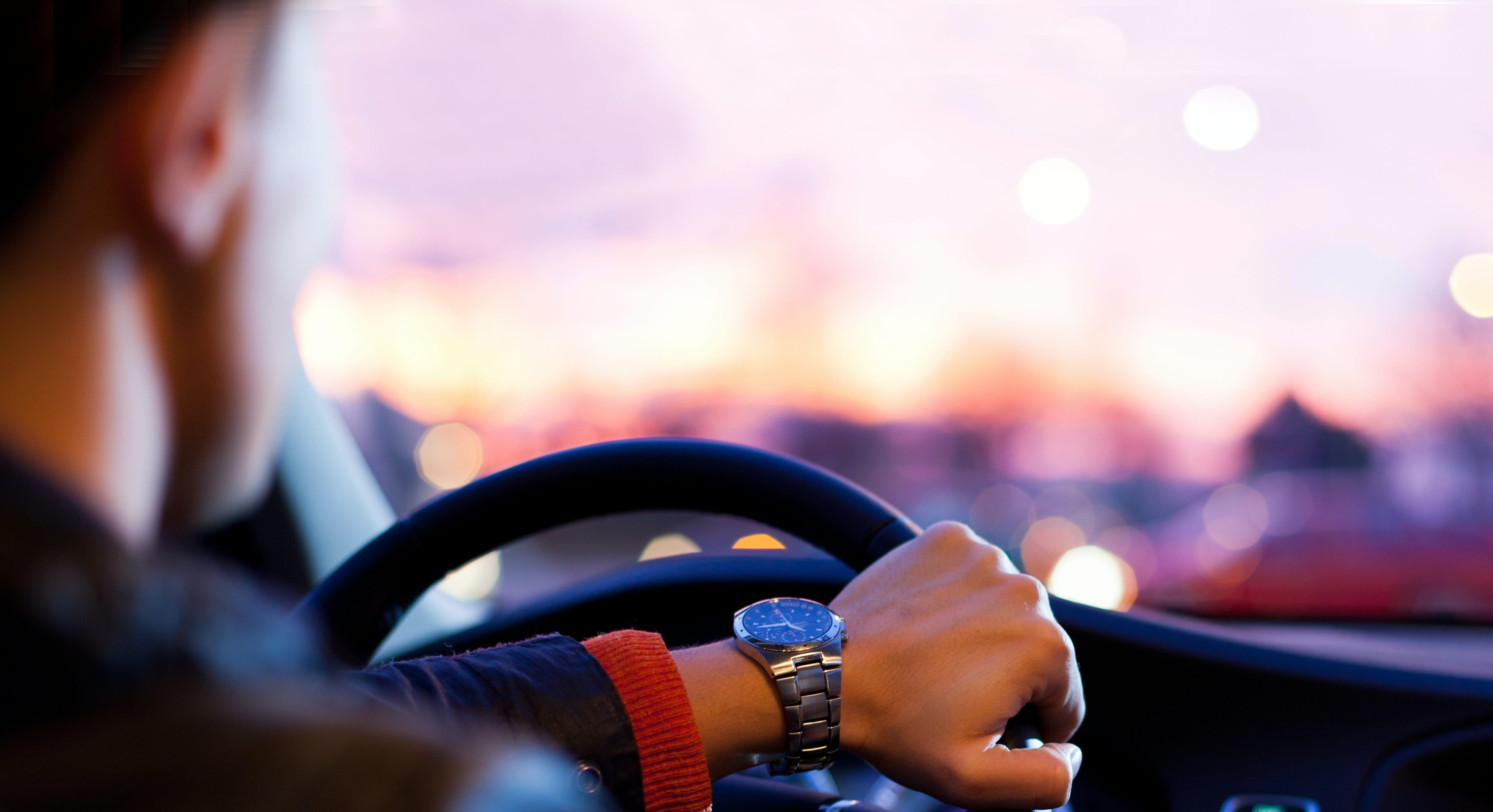The eye tracking data from the test showed that the participants' field of view narrowed, and they tended to overlook things immediately after drinking alcohol. Even the next morning, some participants claimed they didn't feel any effects, but the test showed that their driving abilities were still impaired. For example, one participant had difficulty avoiding children and motorcycles and even crossed into the oncoming lane.Mr. Daisuke Uchiumi, Research Division of the Traffic Environment Department, JAF
Customer story
How JAF used eye tracking to verify the effects of driving under the influence
Want to learn how you can use eye tracking and attention computing in your research?
Fill out the form and one of our experts will contact you shortly.
Related content
Attentional effects of cognitive load in driving environments
Distracted driving or the diversion of attention away from activities critical for safe driving toward a competing activity is still one of the major causes of road accidents. In this presentation, Dr. Kristina Stojmenova shares approaches to assessment of the driver’s exogenous and endogenous distraction using pupillometry collected with Tobii Pro Glasses 2.
Driving research to new heights: Wearable eye tracking and automotive simulators
In this webinar we discuss the advantages and challenges of using eye tracking devices in driving simulator studies and experiences with Tobii Pro Glasses 3.
Using eye movements to understand driving behavior and user experience
This research spotlight focuses on two esteemed researchers as they present their work in areas where eye movement data has been applied - driving and user experience.
